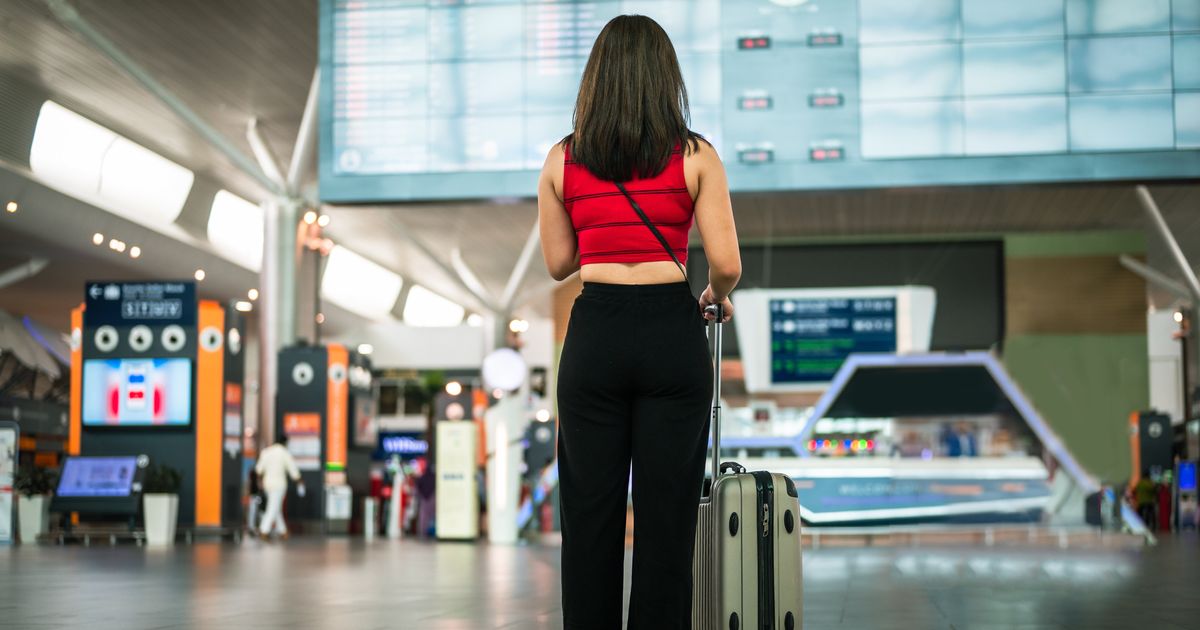As we approach the summer travel season, many people will soon be jetting off to iconic destinations like Rome, Paris, Tokyo and New York City. These cities are popular for a reason ― they’re full of fun attractions, delicious food and picturesque sites. But visitors to such hot spots can also expect massive crowds and peak prices.AdvertisementThere is, however, another way to explore exciting destinations without those drawbacks. It’s called “second city” travel. But what exactly is it and how do you take full advantage of this kind of trip? Below, travel experts break it down. What is a “second city” trip?“Second-city travel means skipping the most popular city or region in an area and visiting the second-, third-, or fourth- (and so on) most-known spots,” said Phil Dengler, co-founder of The Vacationer. “Ultimately, you are avoiding the traditional and known tourist destinations that are often overcrowded. Instead of visiting Miami, you could visit Fort Lauderdale or Palm Beach.”Although the literal meaning of the term refers to a country’s second most famous or populous city, it has indeed expanded to refer more generally to lesser-known destinations. Over the years, some have also interpreted “second city” travel to mean tacking on one of these less popular destinations to a trip built around a classic spot like Rome. “Often it’s the smaller, lesser known city in a region,” said Laura Lindsay, a travel trends and destinations expert at Skyscanner. “For example, in Southern California, San Diego would be considered a ‘second city’ and Los Angeles a primary city and on the East Coast, Boston would be the ‘second city’ and New York City the primary city.”Advertisement“Second cities” might not be the most obvious choices for tourists, but these more under-the-radar destinations can still offer enough attractions, food and cultural experiences to make for a wonderful vacation. Eloi_Omella via Ge …
Article Attribution | Read More at Article Source
[mwai_chat context=”Let’s have a discussion about this article:nnAs we approach the summer travel season, many people will soon be jetting off to iconic destinations like Rome, Paris, Tokyo and New York City. These cities are popular for a reason ― they’re full of fun attractions, delicious food and picturesque sites. But visitors to such hot spots can also expect massive crowds and peak prices.AdvertisementThere is, however, another way to explore exciting destinations without those drawbacks. It’s called “second city” travel. But what exactly is it and how do you take full advantage of this kind of trip? Below, travel experts break it down. What is a “second city” trip?“Second-city travel means skipping the most popular city or region in an area and visiting the second-, third-, or fourth- (and so on) most-known spots,” said Phil Dengler, co-founder of The Vacationer. “Ultimately, you are avoiding the traditional and known tourist destinations that are often overcrowded. Instead of visiting Miami, you could visit Fort Lauderdale or Palm Beach.”Although the literal meaning of the term refers to a country’s second most famous or populous city, it has indeed expanded to refer more generally to lesser-known destinations. Over the years, some have also interpreted “second city” travel to mean tacking on one of these less popular destinations to a trip built around a classic spot like Rome. “Often it’s the smaller, lesser known city in a region,” said Laura Lindsay, a travel trends and destinations expert at Skyscanner. “For example, in Southern California, San Diego would be considered a ‘second city’ and Los Angeles a primary city and on the East Coast, Boston would be the ‘second city’ and New York City the primary city.”Advertisement“Second cities” might not be the most obvious choices for tourists, but these more under-the-radar destinations can still offer enough attractions, food and cultural experiences to make for a wonderful vacation. Eloi_Omella via Ge …nnDiscussion:nn” ai_name=”RocketNews AI: ” start_sentence=”Can I tell you more about this article?” text_input_placeholder=”Type ‘Yes'”]

